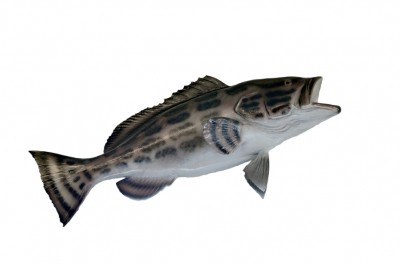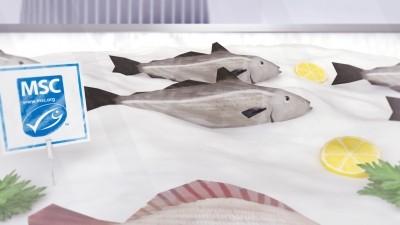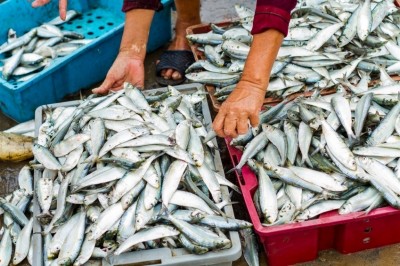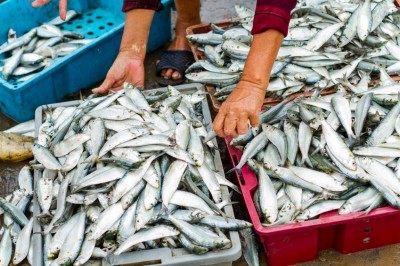Seafood fraud driven by economic factors, says Oceana
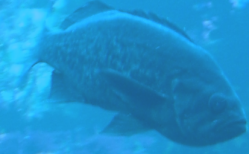
Oceana’s report said some mislabeling might be human error but “more often, it is driven by economic gain, as when a cheaper or more readily available species is substituted for one that is more expensive, desirable or in limited supply.”
Oceana took 1,200 samples of seafood between 2010 and 2012 from US restaurants and stores to check for dishonest labelling, deliberately seeking fish at high risk for fraud.
The group said more than 90% of seafood consumed is imported, with less than 2% inspected at the border and even less inspected specifically for fraud.
DNA testing at the University of Guelph’s Canadian Centre for DNA Barcoding found that 33% of the samples were mislabelled. Fish was wrongly marketed as snapper in 87% of cases, and 59% of tuna was fraudulent.
Logan Gregory, special agent with the National Oceanic and Atmospheric Administration (NOAA), told FoodQualityNews.com about the law enforcement’s fight against food crime.
NOAA prosecutes fish fraud under the Lacey Act, which makes the traffic of illegally gained fish a crime. When it uncovers suspicious activity, NOAA sends samples of seafood for forensic analysis.
Halibut, grouper, cod and Chilean sea bass proved fake 19-38% of the time, while salmon was incorrectly labelled in 7% of samples.
Fish fraud was found to be highest in sushi venues, with 74% of Oceana’s samples mislabeled, followed by other restaurants (38%) and retail stores (18%).
Possible harm
In some cases, fish which can be harmful is passed off as more palatable fish. Samples of “grouper” were revealed to be king mackerel, a fish which contains high levels of methyl mercury and should not be consumed by children or pregnant women.
Elsewhere, expensive wild fish like tilapia were replaced by farmed red snapper. Overfished or endangered species were found sold as more sustainable catch.
Oceana’s report found “existing efforts are not enough” and demanded increased inspections and testing of imported seafood, which provides 90% of the fish consumed in the US. Oceana claims less than 2% of these imports are inspected at the border, and even fewer are inspected specifically for fraud.
“The federal government needs to increase seafood inspections and testing, improve documentation and verification of our seafood and require seafood traceability,” concluded the report.
The study could not identify exactly where fraud had taken place because it examined seafood only at the point of consumption. That job falls to NOAA’s Office of Law Enforcement.
“We’re chasing the money”
If fish is found to have been falsely marketed, DNA may be able to match the mislabelled fish to known records. If not, NOAA’s officers try to trace back the fish to its source to find the culprit.
“We’re basically chasing the paper and the money, and also conducting interviews with folks involved in transactions,” said special agent Gregory.
While NOAA officers will board US fishing vessels to check that seafood of the proper size and species is being caught, most fraud does not occur at the point of catch.
“A lot of the product substitution issues that we see are foreign imported fish being marketed as domestic fish in order to get a higher price,” said Gregory.
Fraudulently imported fish comes into the US on container ships, he explained, particularly from Vietnam and South Africa.
“A lot of it is trans-shipped, so getting the country of origin sometimes is problematic, because it stops in another country, is repackaged and relabelled and then comes into the US as a product of that country.
“One of the big investigations we’ve had is Vietnamese catfish being labelled as grouper and sole.”
“Stretched” resources
While Gregory believes the largest issue with fish fraud is a financial one – consumers pay more for domestic fish – there can also be health consequences to eating mislabelled food.
NOAA’s Northeast division is currently investigating sales of escolar, a fish often labeled “white tuna”. Although it can be sold legally if it is labelled as escolar, it is nicknamed “the ex-lax fish” for its laxative properties.
“Escolar, while it can cause some intestinal distress, is an edible fish, technically. For most people it wouldn’t be a good thing to eat a lot of,” said Gregory.
He admitted that NOAA’s resources “are stretched pretty thin” because fish fraud is just one among many marine crimes the agency investigates.
